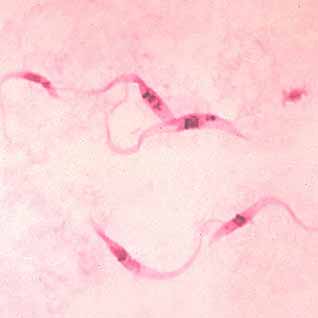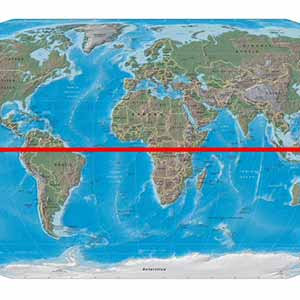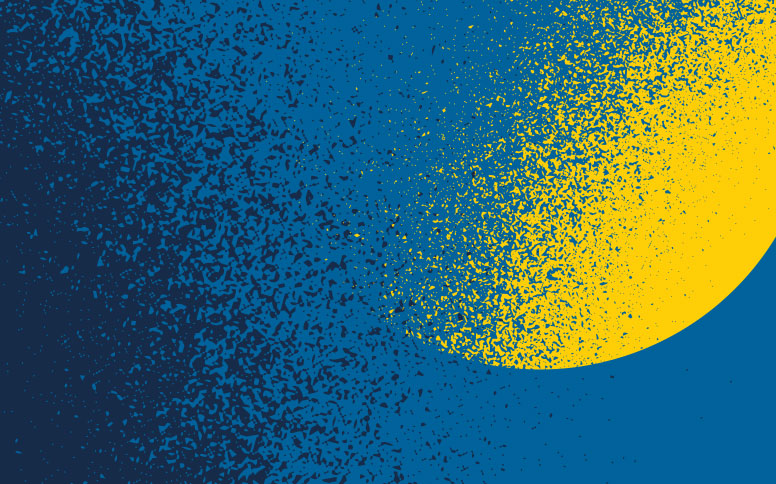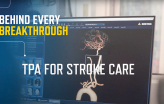UC San Diego Skaggs School of Pharmacy and Janssen R&D Collaborate to Treat Chagas Disease
Researchers at the Skaggs School of Pharmacy and Pharmaceutical Sciences at the University of California, San Diego have entered into a research collaboration with Janssen Research & Development, LLC (Janssen R&D), one of the Janssen Pharmaceutical Companies of Johnson & Johnson, to identify new therapeutic targets for Chagas disease, a parasitic infection that is the leading cause of heart failure in Latin America.














